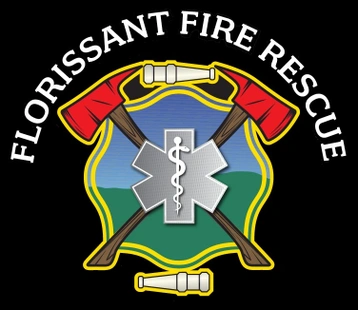10-4-30 PROJECT
10 4 30 Project-07.17.2025.pdf
This is a proposed plan to increase the millage rate by four (4) mills for the next ten (10) years to address the capital needs of the District for the next thirty (30) years. Any increase approved by the voters would be effective in the 2025 tax year for collection in 2026.
* This plan is subject to change
FACTS
- Currently the FFPD Mill Levy is the lowest of all fire districts in Teller and surrounding counties.
- A Mill Levy increase can only be approved by a vote of the residents of the FFPD.
- Why an increase is being considered:
- The District must look to the future in order to meet the needs of the Florissant community, not just next year, but for the next decade and beyond to ensure the FFPD can fulfill the mission and goals of the department.
- Reduced property assessments countywide will have an immediate negative impact on operating revenues starting in 2026.
- Due to changes at the Federal level, grant opportunities have been significantly reduced.
- Costs for training, equipment and supplies have risen significantly in the last five years.
- Although the increase to be requested has not been finalized and approved by the BOD, the total millage increase currently proposed to meet the needs of the District for the next 30 years is four (4) mills for the next 10 years after which the levy would revert back to current level.
- The total increase could be phased in over the next four years or implemented in a single year.
- Each one (1) mill increase would raise taxes on an average home in Florissant with an assessed value of $500,000 by approximately $2.60 per month or $31.26 per year.
APPLICATION OF ADDITIONAL FUNDS
- The additional revenues from this increase would be used for:
- Acquisition and replacement of fire suppression apparatus for an aging fleet.
- Expansion of stations to properly house apparatus.
- Installation of cisterns and hydrants for increased availability of critical water resources throughout the District.
- Development of a District mitigation program.
BENEFITS
- Improved response with new equipment and trained firefighters WHEN the next wildfire occurs.
- Expanded availability of water to fight fires.
- Improved response times for all calls.
- Potential ISO rating reduction which improves insurability of homes which can lower insurance premiums.
- Reduced expense for repairs of apparatus.
- Decreased fire fuels on the ground lessening severity of fires due to mitigations efforts.
